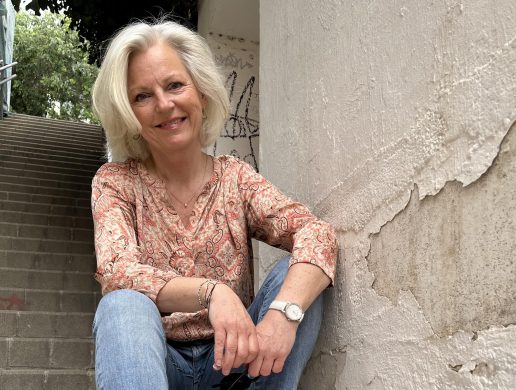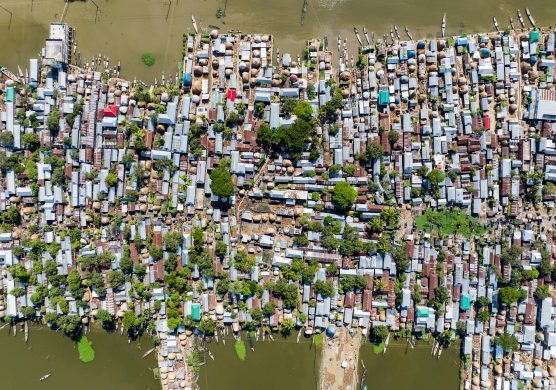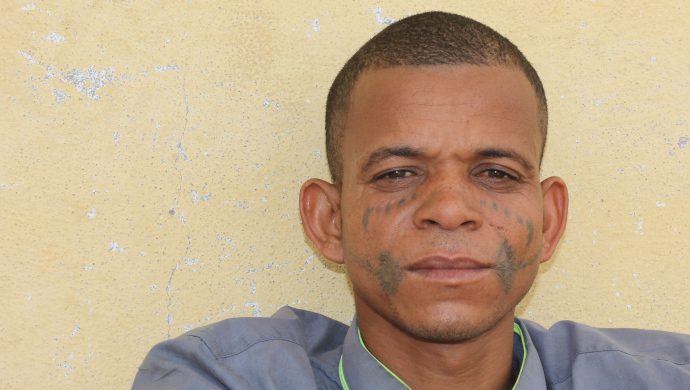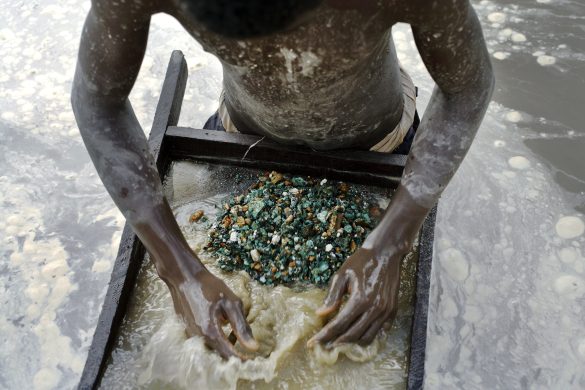A large-scale de-worming treatment programme is needed to rid some 1.5 billion people of these harmful and unpleasant parasites, say researchers according to BBC online Wednesday.
The Stanford University team says the World Health Organization needs to step up its response – but the WHO says this could breed drug-resistant infections.
Currently, eradication is focused largely on school-aged children living in high-prevalence areas. The Stanford team’s research recommends mass treatment of whole communities.
Worms affect a quarter of the world’s population. They are transmitted by eggs passed in the faeces (ekskrementer) of infected people that contaminate food or water supplies.
One type of worm, hookworm (hageorm), can hatch (klækkes) in soil and burrow (bore sig) into a person’s skin, for example, if they walk barefoot on contaminated soil.
People with mild worm infections have few or no symptoms – but as the worms multiply in the bowel, they feed on the host, causing malnutrition, weakness, diarrhoea and abdominal pain (underlivssmerter).
A flatworm (fladorm) found in fresh water (ferskvand), such as rivers and lakes, causes a disease called Bilharzia (sneglefeber) which can cause progressive damage to the bladder (blæren), kidneys (nyrer), liver and spleen (milt).
Og det vil ikke koste en halv bondegård
All of these parasites can be treated with drugs that are cheap and widely available.
By the researchers calculations, outlined in The Lancet Global Health journal, treatment would cost about 109 British pounds (godt 1.000 DKR) per person per year, which they say is highly cost effective.
But the WHO has no plans of changing its current strategy. Targeting more people risks the development of drug resistant infections, it says.
In 2013, more than 368 million children were treated with anthelminthic medicines (som dræber eller udstøder orme fra kroppen) in endemic (ramte) countries, corresponding to 42 per cent of all children at risk.
The global target is to regularly treat at least 75 per cent of all children in endemic areas, BBC notes.
Se også
http://www.sundhedguide.com/1/2015/05/tegn-og-symptomer-pa-indvoldsorm-hos-mennesker.html














